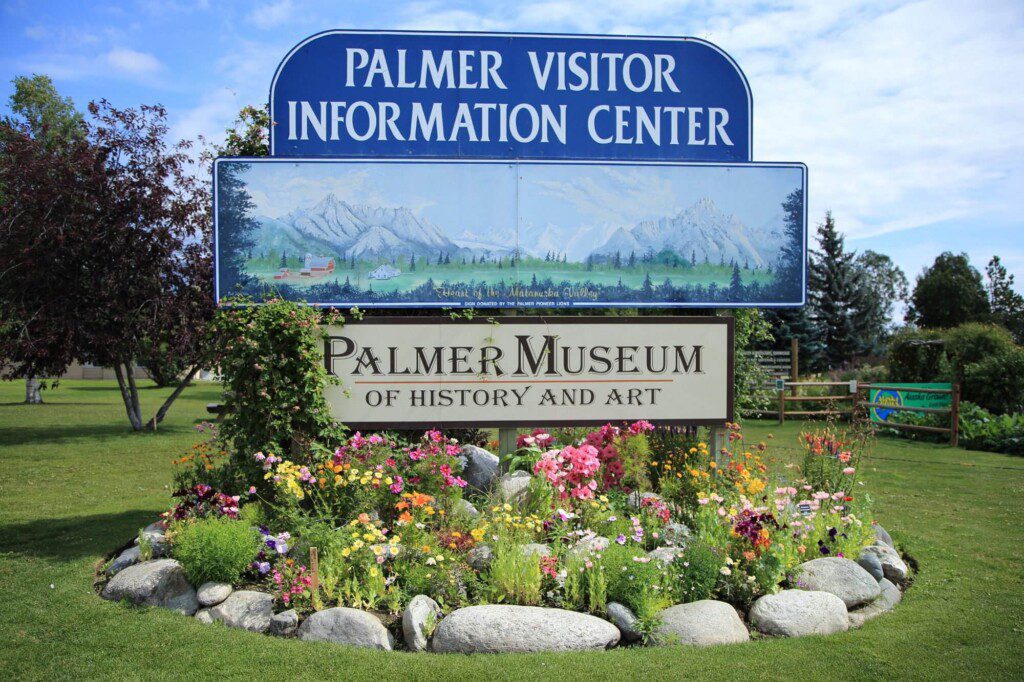Nestled in the Matanuska-Susitna Valley of Alaska, Palmer is a charming town with a rich history rooted in resilience, agriculture, and community spirit. What began as a New Deal-era colony project has blossomed into a thriving hub known for its fertile farmland, scenic beauty, and tight-knit culture.
In this article, we’ll explore Palmer’s fascinating journey—from its origins as a government-sponsored resettlement program to its present-day status as a vibrant Alaskan community. Whether you’re a history buff, a potential resident, or simply curious about this unique town, join us as we uncover the story of Palmer.
1. The Origins: The Matanuska Colony Project
The Great Depression and the Need for Resettlement
During the 1930s, the United States was grappling with the Great Depression, which left millions unemployed and struggling. As part of President Franklin D. Roosevelt’s New Deal initiatives, the Federal Emergency Relief Administration (FERA) sought to relocate struggling families to areas where they could become self-sufficient through farming.
Alaska’s Matanuska Valley, with its fertile soil and long summer daylight hours, was identified as an ideal location for an agricultural colony. The Matanuska Colony Project was born in 1935, aiming to give 200 families from the Midwest a fresh start.
The Selection of Settlers
Most of the selected families came from Michigan, Minnesota, and Wisconsin—regions with harsh winters, making them well-suited for Alaska’s climate. Each family was given a 40-acre tract of land, a small house, livestock, and farming equipment. The government provided loans to cover initial costs, which settlers were expected to repay over time.
Early Challenges
The transition wasn’t easy. Many colonists arrived in Palmer (then just a remote outpost) to find dense wilderness instead of ready-to-farm land. Clearing trees, building homes, and adjusting to Alaska’s extreme weather proved difficult. Some families gave up and left, but those who stayed laid the foundation for Palmer’s future.
2. Growth and Development: Palmer Takes Shape
Agriculture as the Backbone
Despite early struggles, the colony’s agricultural potential soon became evident. The long summer days allowed crops like potatoes, cabbage, and hay to thrive. The Matanuska Valley’s rich soil earned it the nickname “The Breadbasket of Alaska.”
Dairy farming also became a key industry. The Matanuska Maid dairy cooperative, established in the 1940s, became a staple in Alaska, supplying milk, cheese, and butter statewide.
World War II and Military Influence
The construction of Fort Richardson and Elmendorf Air Force Base near Anchorage during WWII brought an economic boost to the region. While Palmer remained primarily agricultural, the increased military presence contributed to infrastructure improvements, including better roads and utilities.
Incorporation and Local Governance
Palmer was officially incorporated as a city in 1951, marking its transition from a government project to an independent community. Local governance allowed residents to shape Palmer’s future, focusing on education, public services, and economic diversification.
3. Modern Palmer: A Thriving Alaskan Community
Farming Traditions and the Alaska State Fair
Palmer remains deeply connected to its agricultural roots. The Alaska State Fair, held annually in Palmer since 1936, showcases the region’s farming heritage with giant vegetable competitions, livestock exhibits, and local crafts. The fair’s famous cabbages—some weighing over 100 pounds—highlight the valley’s fertile soil.
Population Growth and Economic Expansion
Over the decades, Palmer has grown beyond farming. Its proximity to Anchorage (about 42 miles away) has made it a popular choice for commuters seeking a quieter lifestyle. New businesses, schools, and recreational facilities have enhanced the town’s appeal.
Outdoor Recreation and Tourism
Surrounded by breathtaking landscapes, Palmer is a paradise for outdoor enthusiasts. Popular activities include:
- Hiking in the nearby Pioneer Peak or Matanuska Peak trails
- Fishing in the Matanuska or Knik Rivers
- Winter sports like skiing and snowmobiling
Tourists also visit the Musk Ox Farm and the Colony House Museum to learn about Palmer’s unique history.
4. Why Palmer Stands Out Today
A Strong Sense of Community
Palmer’s small-town charm fosters close-knit relationships among residents. Annual events like the Colony Days Festival celebrate the town’s heritage with parades, live music, and family-friendly activities.
Affordable Living with Scenic Beauty
Compared to larger Alaskan cities, Palmer offers more affordable housing while providing stunning views of the Chugach Mountains and access to pristine wilderness.
A Blend of Old and New
While honoring its agricultural past, Palmer continues to evolve. Modern amenities, including breweries, farm-to-table restaurants, and art galleries, coexist with historic farms and homesteads.
Conclusion: Palmer’s Legacy and Future
From its humble beginnings as a New Deal experiment to its current status as a thriving Alaskan town, Palmer’s history is a testament to perseverance and community spirit. Its agricultural legacy, combined with modern growth, makes it a unique and desirable place to live, work, and visit.
Whether you’re drawn by its history, outdoor adventures, or tight-knit culture, Palmer offers a slice of Alaska that’s both nostalgic and forward-looking. As the town continues to grow, one thing remains certain: Palmer’s roots will always be a vital part of its identity.
Explore Palmer for Yourself!
If you’re planning a trip to Alaska or considering a move, don’t miss the chance to experience Palmer’s charm firsthand. Visit during the Alaska State Fair, take a farm tour, or simply enjoy the stunning landscapes—you’ll quickly see why so many people call this place home.


